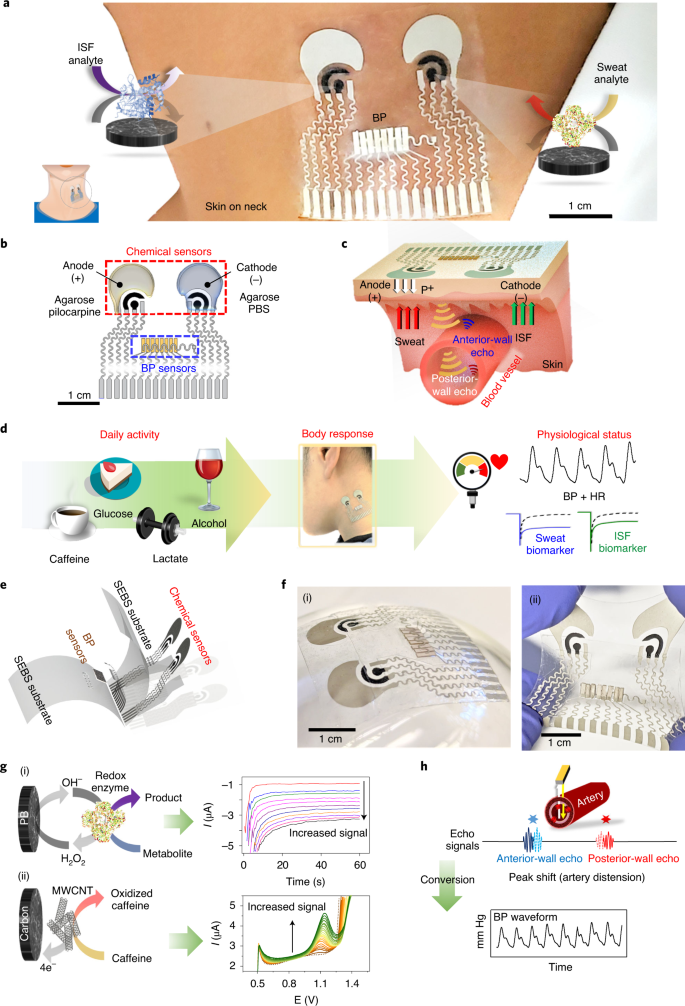(Graphene “nano-origami” creates tiniest microchips yet)
2021/2/15 英国・サセックス大学

・ サセックス大学が、グラフェンや二硫化モリブデン等の 2D 材料構造に導入した「ナノ折り紙」の欠陥による、マイクロチップ製造の可能性を発見。
・ グラフェン構造内に機械的なひずみを導入することで、トランジスタのような挙動を呈するナノ材料を作製し、従来の約 100 倍小型のマイクロチップとして利用できる可能性を確認した。
・ このようなナノ材料は、コンピューターチップの小型化と高速化を可能にするもので、従来半導体技術の限界に直面するコンピューター製造において重要。このような技術は、エレクトロニクスに代わってナノ材料を利用する「ストレイントロニクス」と呼ばれ、デバイス内により多数のチップを配置するスペースを提供する。
・ 室温下で少ないエネルギーとナノ材料のみを利用したグリーンでサステナブルな技術による、トランジスタやロジックゲート等のスマートな電子コンポーネント開発が期待できる。
URL: https://www.sussex.ac.uk/news/research?id=54703
<NEDO海外技術情報より>
(関連情報)
ACS Nano 掲載論文(アブストラクトのみ:全文は有料)
Structural Defects Modulate Electronic and Nanomechanical Properties of 2D Materials
URL: https://pubs.acs.org/doi/10.1021/acsnano.0c06701
Abstract
Two-dimensional materials such as graphene and molybdenum disulfide are often subject to out-of-plane deformation, but its influence on electronic and nanomechanical properties remains poorly understood. These physical distortions modulate important properties which can be studied by atomic force microscopy and Raman spectroscopic mapping. Herein, we have identified and investigated different geometries of line defects in graphene and molybdenum disulfide such as standing collapsed wrinkles, folded wrinkles, and grain boundaries that exhibit distinct strain and doping. In addition, we apply nanomechanical atomic force microscopy to determine the influence of these defects on local stiffness. For wrinkles of similar height, the stiffness of graphene was found to be higher than that of molybdenum disulfide by 10–15% due to stronger in-plane covalent bonding. Interestingly, deflated graphene nanobubbles exhibited entirely different characteristics from wrinkles and exhibit the lowest stiffness of all graphene defects. Density functional theory reveals alteration of the bandstructures of graphene and MoS2 due to the wrinkled structure; such modulation is higher in MoS2 compared to graphene. Using this approach, we can ascertain that wrinkles are subject to significant strain but minimal doping, while edges show significant doping and minimal strain. Furthermore, defects in graphene predominantly show compressive strain and increased carrier density. Defects in molybdenum disulfide predominantly show tensile strain and reduced carrier density, with increasing tensile strain minimizing doping across all defects in both materials. The present work provides critical fundamental insights into the electronic and nanomechanical influence of intrinsic structural defects at the nanoscale, which will be valuable in straintronic device engineering.



